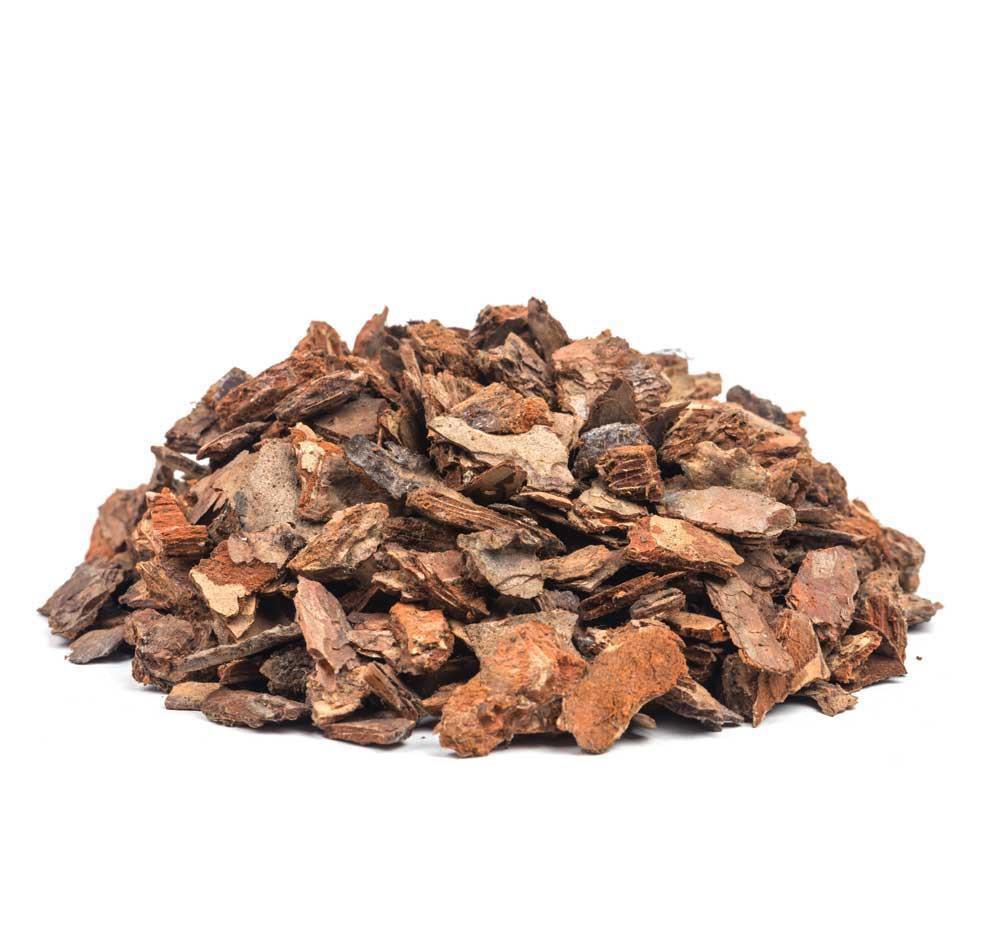
4 minute read
Gardening
from 10012021 WEEKEND
by tribune242
gardening Primary ingredients to successful potting: pine barkbased mixes
Good day gardeners! Staying on the subject of potting media ingredients, after sphagnum peat moss, the next most common ingredient is often pine bark. Different sizes are used depending upon the purpose of the mix with pine bark “fines” being used for mixes that are meant for smaller pots, as it is a smaller size, and larger bits used for mixes that are designed for larger pots.
Advertisement
All pine bark that is used in potting mixes is aged to balance the pH. When ingredients are not aged, they consume nitrogen in the break down process, which detracts from the amount of nitrogen available to the growing plant, for the same reason composts must be aged before use and the same applies to yard debris and seaweed. In our region, the pine bark is sourced from the southern states of the US, Florida, Georgia, Tennessee, South Carolina, etcetera. There are many laws and regulations to sourcing this product and it is only available to be sourced and sold in the same region. It is not possible to import pine bark products for use in the south from Canada, or vice versa. Most of the regulations are in place to prevent the movement of pine bark beetles and similar pests that can ravage the entire industry, if it were to spread by unintentional transport from one region to another.
A quick mention on the transport of pests and diseases, there are a handful of unscrupulous nurseries and plant purveyors around in the Bahamas who import citrus illegally from Florida (fact). If there is a citrus plant with beautiful tags on the trunk or on the plant, or if someone is selling a “new stock” finished product, I guarantee that it is illegally imported. Usually, the price will tell you if it was imported as a finished product as it’ll be $20 more than a locally grown product. Shop around! No citrus plant is legally imported to the Bahamas from Florida. The costs of importing a finished product from California are prohibitive, and I highly recommend being very cautious as to where one buys citrus plants. Once again, caveat emptor. This is a problem for anyone who has a citrus tree in their yard as people are intentionally risking introducing destructive and deadly pests and diseases all in the name of sales for profit, and it affects all of us negatively.
Back to the primary topic, pine bark. Pine bark allows for faster drainage and drying of the media. Many plants do not like “wet feet” or over saturated potting media, and root rot can set in quickly. Citrus is one example of this, as are mango trees and many fruit trees, as well as many common landscape plants. Peat moss, composts and coconut coir hold moisture in the pot, and pine bark makes larger airspace in the pot which allows not only faster drainage but also, you guessed it, more airspace.
Pine bark breaks down over time though, and that’s where ingredients such as perlite come into play, to allow for sustained airspace and drainage to help the plant create a healthy root system and to prevent root rot. Pine bark by nature is slightly acidic, and this is another benefit of the peat/pine combination used in many mixes as many plants prefer a more acidic base than our native soils can provide due to their alkaline properties. On alkalinity… our native soils are calcium based, so when a tomato plant gets blossom end rot (black rot on the bottom of the tomato fruit), it is pointless to add Epsom salts with the thought that it “cures” blossom end rot. I’ll go into this in full in the next few weeks, but it is a futile and pointless exercise. If the tomato is in a potting mix made up of peat and pine bark etcetera, it is possible that the plant lacks calcium, but if you’re using a high-quality fertilizer, then it also becomes a moot point as any fertilizer worth its salt (see what I did there) contains adequate amounts of calcium and magnesium, and the addition of Epsom salts is once again moot and futile.
It is not worth the time or money to try to save a dollar on a potting mix or fertilizer. For best results, use the best ingredients, it is that simple. Potting mixes vary greatly, and each is designed with a particular crop, pot size, or crop cycle in mind. The potting soil used will be a primary factor in the success or the failure of a particular plant or crop. If you don’t believe me, invest in the best and a budget brand, and compare the results for yourself. Experimentation is part of the joy and the challenge of successful gardening. As always, I wish you happy gardening.

PINE bark
• Adam Boorman is the nursery manager at the Fox Hill Nursery. You can contact him with any questions you may have, or topics you would like to see discussed, at gardening242@gmail.com.








